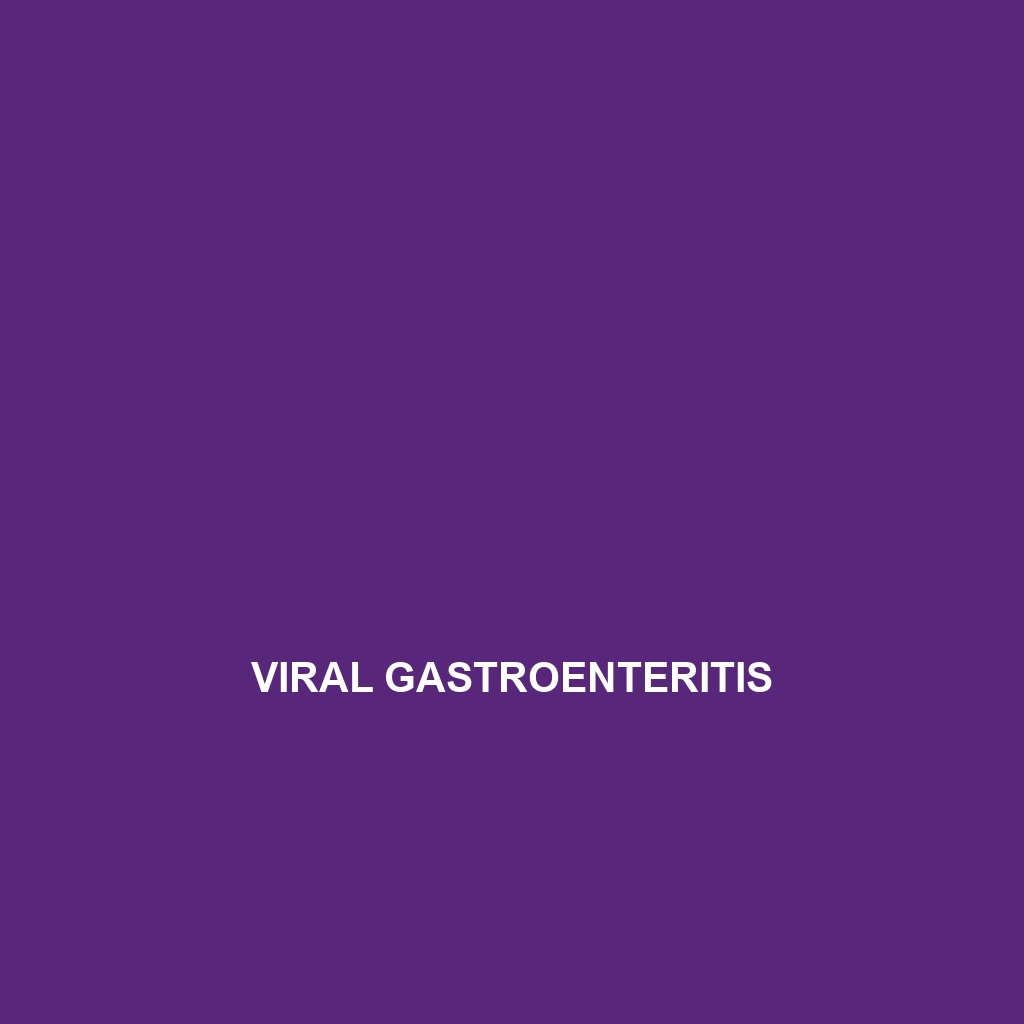Tag: Treatment

Vitamin B12 Deficiency Anemia
Discover the implications of Vitamin B12 deficiency anemia, a condition that affects red blood cell production and can lead to serious health issues if left untreated. Learn about its causes, symptoms, diagnosis, and effective treatment options, as well as preventative measures to maintain optimal health. Explore personal recovery stories and debunk common myths surrounding this…
Tooth Decay
Tooth Decay: Definition and Description of Tooth Decay: Tooth decay, also known as dental caries or cavities, refers to the process where the tooth structure is compromised due to the demineralization caused by acids produced by bacteria. When sugars and starches from food interact with the bacteria in dental plaque, they produce acids that can…
Toxoplasmosis
Toxoplasmosis: Definition and Description of Toxoplasmosis: Toxoplasmosis is an infectious disease caused by the parasite Toxoplasma gondii. This parasite is found worldwide and can infect most warm-blooded animals, including humans. It is primarily transmitted through ingestion of oocysts from contaminated food, water, soil, or contact with infected cat feces. In healthy individuals, the infection often…





